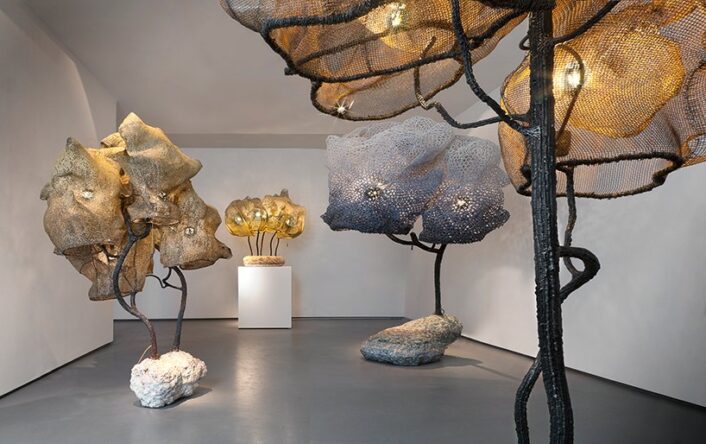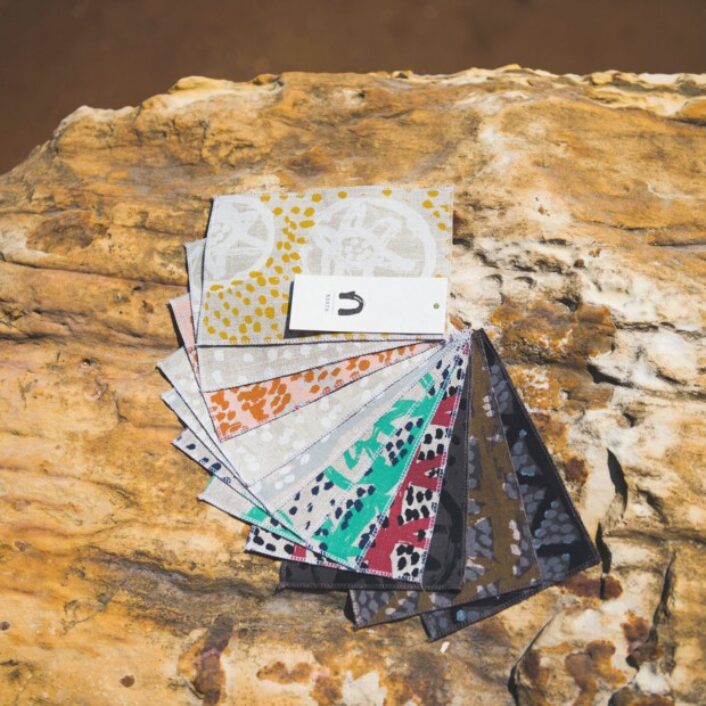Design
Ian Felton Studio
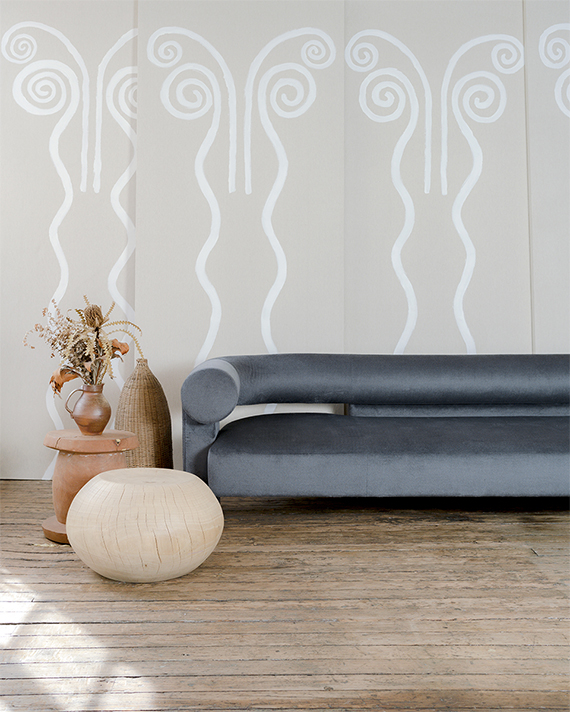
Kosa Sofa
Image courtesy of: Sight Unseen
Ian Felton creates his collections with pre-Columbian cultures as his inspiration. His debut collection, Kosa, the New York City-based designer says he explored how ancient cultures and historical research can be used to support design. Felton seeks to create pieces which explore how ancient cultures and anthropology can facilitate design ideas.
The young designer spent a year thinking and researching for the Kosa Collection before the actual work began. Felton hopes to create objects that emit a (courtesy of Emily Grundon for Ignant) “sense of history and form a connection to civilizations that have helped shape human existence.”
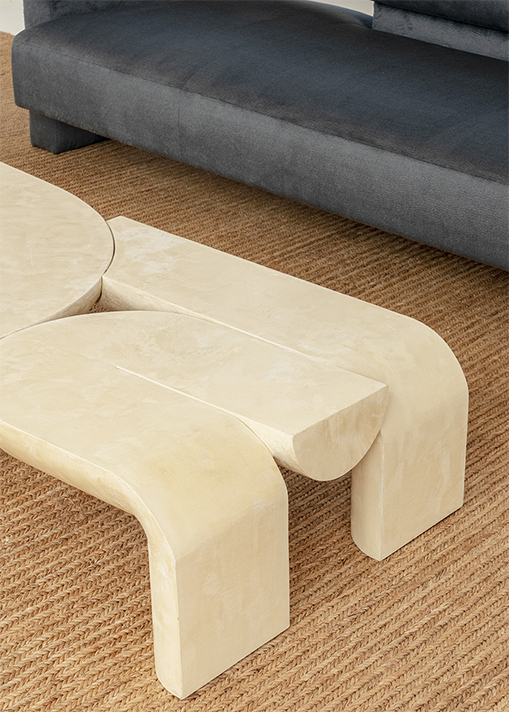
Mullu Coffee Table
Image courtesy of: Sight Unseen
Felton’s ideas come from the exploration of ancient communication methods. Pre-Columbian cultures used symbology and animism as inspiration. Research tells us that prior to the alphabet’s introduction, ancient civilizations used imagery and decorative objects for storytelling. These ancient communication forms and creativity inspired Felton and served pivotal to his research.
About five years ago, Felton came upon “Are We Human” by Beatriz Colomina and Mark Wigley (a short publication written for the Turkish Biennale). These two pieces of literature summarized an abridged history of the human and how creation “played a role in shaping societal construct even at our earliest stages.” This was exactly the anthropological take that stuck with Felton… instantly captivating him.
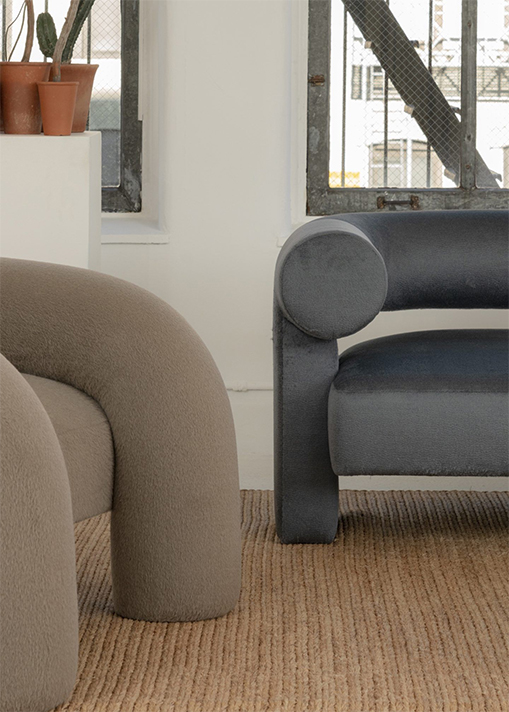
Kosa Lounge Chair and Kosa Sofa. The Lounge chair has a natal form.
Image courtesy of: Ignant
The designer’s research on pre-Columbian cultures made him realize how much whimsical emotion the culture brought into everything that they produced. The extensive research Felton conducted helped him form a collection of unique furniture pieces… ones that showed a direct connection between history and design.
The ceramic fertility sculptures that Felton came upon further advanced Felton’s thought-process. The forms, crouched and powerful, were inspired by pre-Columbian birthday sculptures. He says, “As the collection progressed, I started to see up-croppings of similar visual languages in contemporary design, these chubby forms. I think in my past I would have been like, “Oh somebody’s already doing it.” But for me, it was almost strangely uplifting. I had been in this dark hole all by myself pulling reference from 2,000 years ago and yet the narrative was similar. Which to me was even cooler — that there were these tacit links between design and thinking.”
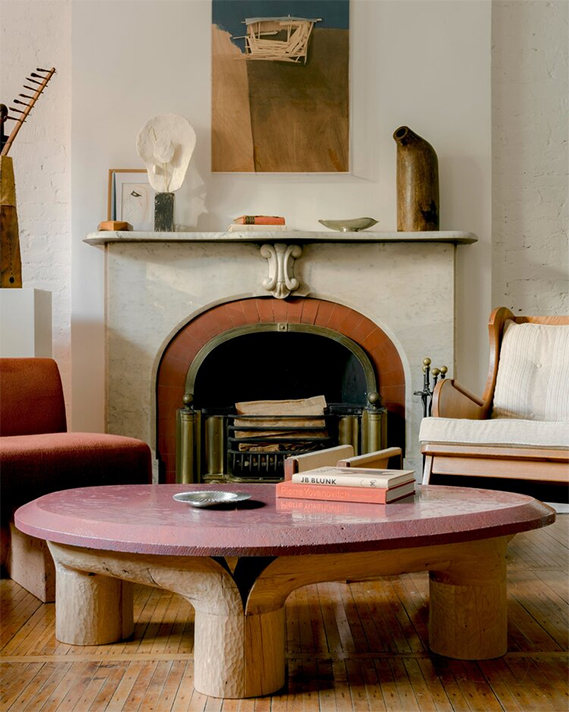
Sacha Coffee Table, glazed lava stone top and hand-carved reclaimed oak base.
Image courtesy of: Ian Felton Studio
Each piece of the collection is connected to another through curved shapes and chubby elements… each abstract and functional. In order to have the right materials, Felton worked with an atelier that is located outside of Mexico City. Staying true to the baseline of his collection, the designer felt that it was important to use regional craftspeople and materials.
This specific atelier works with century-old stone-carvers and woodworkers who represent Central American lineage. The material that was selected is all cantera. This igneous volcanic rock appears manmade; but it has been used for thousands of years because it benefits hand-carving. For fabric, Felton worked with Peruvian alpaca… this soft, durable fabric is available in different textures and lengths which is necessary so that the upholstered pieces can be available in varying ways.
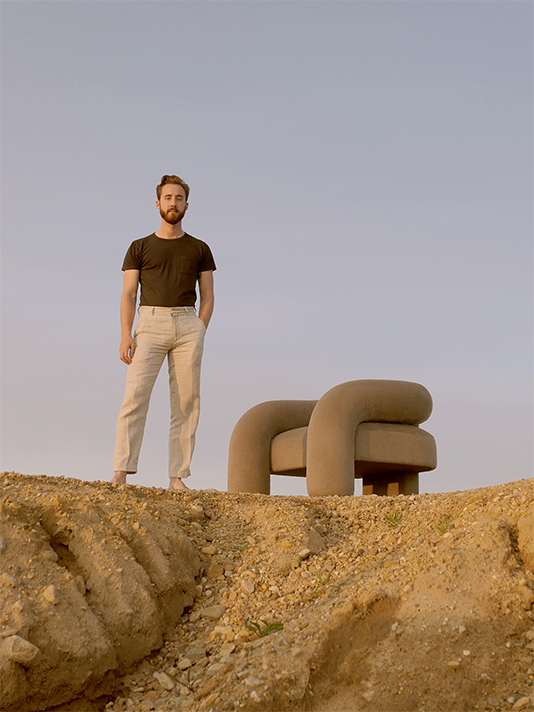
Felton and the Kosa Lounge Chair.
Image courtesy of: Surface Magazine
As we know, ancient societies dreamt of the stars and the seasons. Rituals and artifacts were created in order to capture stories; in such, objects were infused with spirits. Felton hopes that his collection, Kosa, presents the juxtaposition of pre-Columbian animism and today’s modern landscape.
